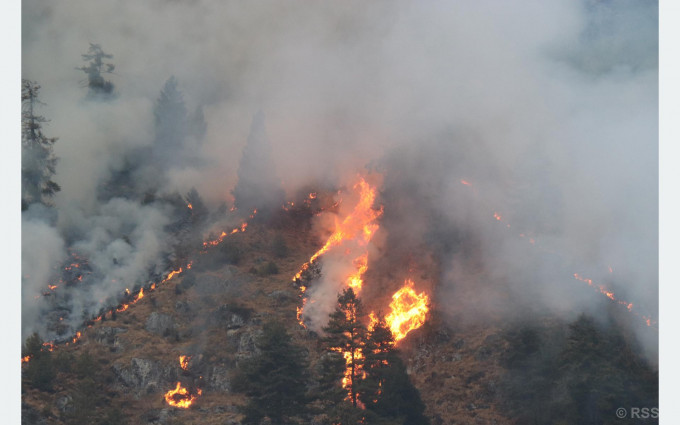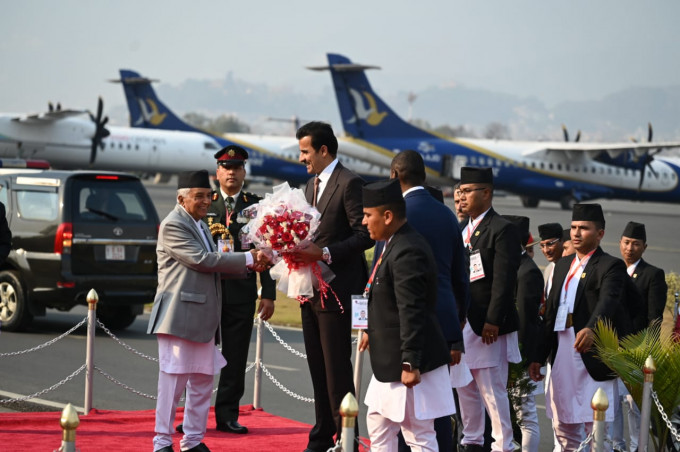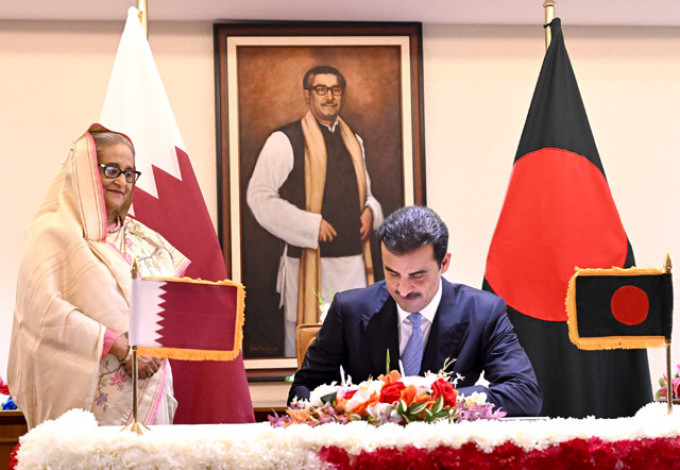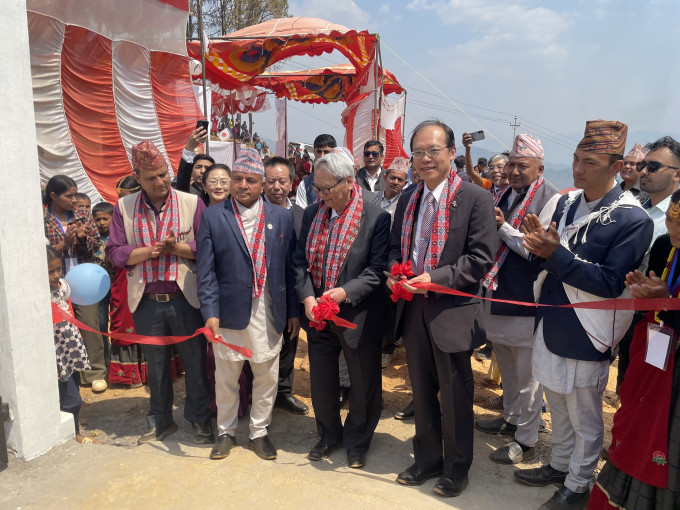“Those belonging to poor and excluded groups in rural areas have limited access to safe drinking water supply.” says Niranjan Shrestha the chief environmental officer and founder of Environmental Services Nepal Pvt. Ltd. (ESN).
Environmental Services Nepal Pvt. Ltd. (ESN) provides sustainable and environmentally friendly solutions through conducting research and capacity building projects. ESN has carried out environmental assessment of various drinking water supply projects in Nepal.
“While implementing drinking water supply projects, it may have some positive and negative environmental impacts and environmental assessment study is necessary for those projects before their implementation so that their negative environmental impacts could be minimised or mitigated.” He adds.
In the southern belt of the country: Terai, populated by the majority of the countries’ population, the major source of drinking water is groundwater. However, millions of people in Terai are in constant risk of consuming arsenic contaminated water. A 2012 study: Arsenic Contamination of Groundwater in Nepal: Good Public Health Intention Gone Bad, reveals that 29 % of tube wells in the Terai region have arsenic concentrations exceeding the WHO standard of 10g/L.
The National Drinking Water Quality Standards, 2062 under the provision of Water Resources Act, 2049, mandates concentration limits of certain chemicals that should not exceed their permissible range.
The Government of Nepal requires all water suppliers to follow the provisions of Implementation Directives for National Drinking Water Quality Standards, 2062 for maintaining Drinking Water Quality Parameters. However, the responsibility of monitoring the water quality is given to the water suppliers themselves.
As internal migration to the southern plains of the country continues, studies show that arsenic contamination is becoming a major public health threat risking the lives of an increasing number of people in Nepal.
“Many in remote areas have to rely on small brooks running from the mountains and spend hours travelling to get water. Still the drinking water available is not always safe as supplied water is often polluted.” Says Shrestha.
“The demand for water is increasing significantly in Nepal and access to safe and adequate drinking water is crucial.” He concludes.
READ ALSO:









